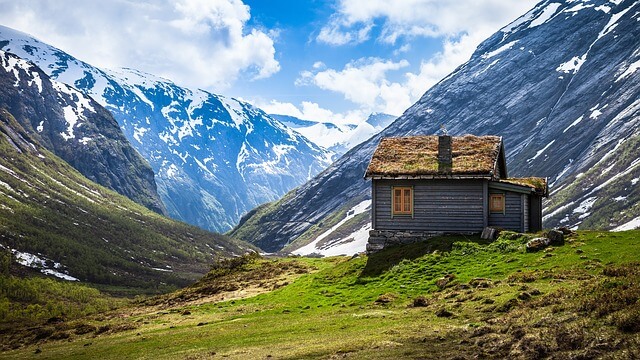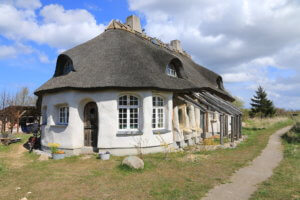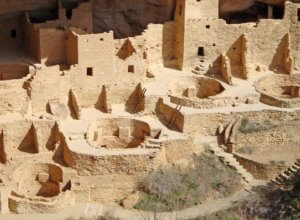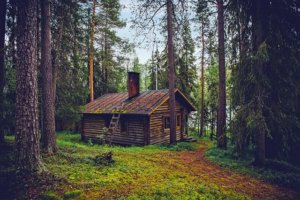

Organic. It’s a familiar word that shows up in contexts as diverse as medicine, law, agriculture …and architecture. We understand what organic food is, because the “organic” label is governed by strict codes and procedures. But what does organic architecture actually mean?
I’ve considered this question for decades and learned there is no simple answer. Organic architecture is a broad term describing a variety of interpretations and influences in design theory.
One definition considers materials. Building with natural, indigenous materials and minimizing the use of synthetic products that require excessive energy to manufacture and transport is one organic approach to architecture. Organic architecture in this vein embraces durable materials as close to their natural state as is practical. Wood, brick masonry, stone, earth, water, straw, bamboo, clay, cork, adobe, straw bale, cob, etc. provide a palate that can be composed to celebrate Earth’s elements and ground us in primal experiences and natural instincts. Think of the adjectives we commonly use to describe these materials: the warmth of wood; the weight and permanence of stone; the soothing and cooling effect of water. Using these natural materials in their basic form (also called “natural building”) is an elementary level of this type of organic design. But it is just one facet of the multidimensional concept of organic architecture.

How and where materials are used is another complementary aspect. Although adobe and rammed earth constructions, for example, can be adapted to most climates, they perform best in hot arid regions. Other materials and construction techniques have similar advantages and disadvantages based on climate and local available sources. …Think snow and ice for igloo building as an extreme example.
Beyond the obvious practical aspects just mentioned, natural materials should be applied in an organic way. This idea is where our innate sense of beauty comes into play. We all have seen buildings where organic materials were applied in unnatural ways, and our intuition finds this disturbing. If heavy materials like stone or concrete are applied above lightweight materials, this appears unsettling at best, and may be structurally unstable at the worst. Organic buildings should project beauty in how they are sited or grounded to the earth, and through the synergy among materials, site and design.

But natural materials are just one of many facets of organic architecture. Watch for upcoming blogs and sketches where we explore additional influences and expressions of the organic approach to architecture.
